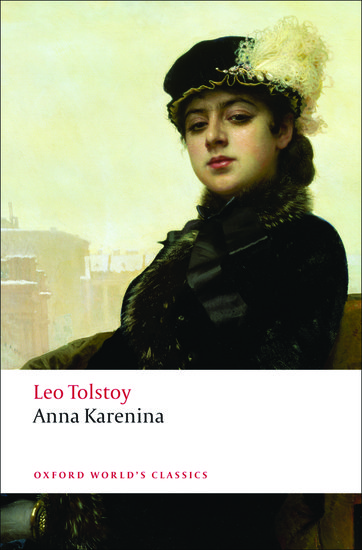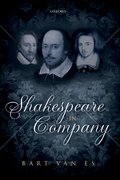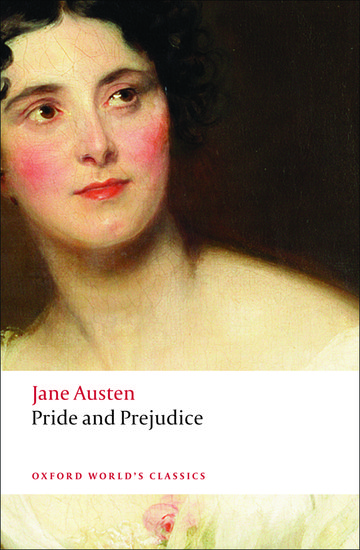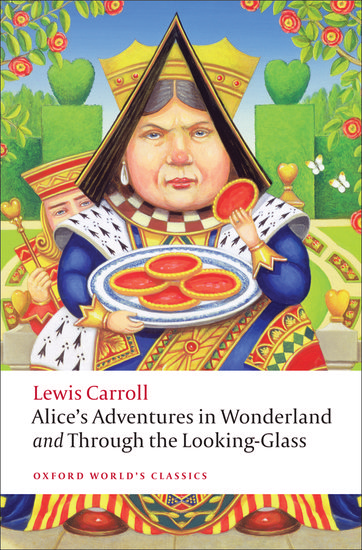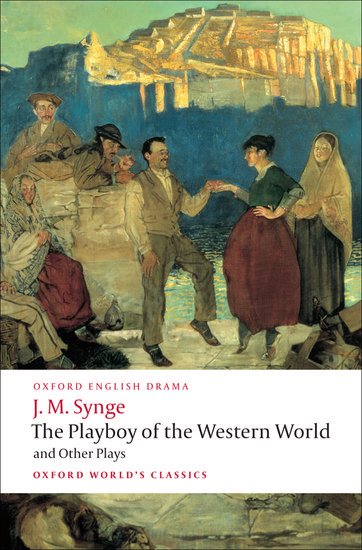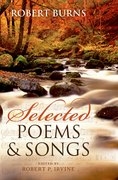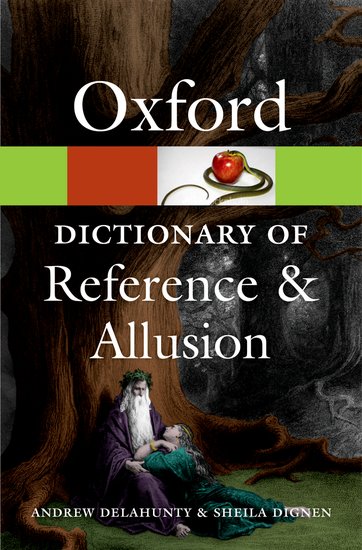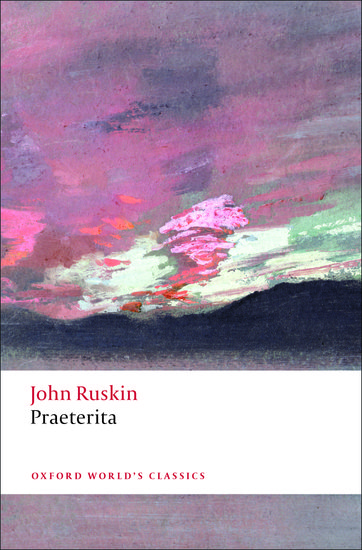Levin’s proposal
True love in opposition. Levin and Kitty’s match set against the triangle of Anna, her husband Karenin, and her lover Vronsky. How can Tolstoy’s crushing rejection scene (drawn from his own life) be portrayed on screen? A new film adaptation of Anna Karenina, starring Keira Knightly and directed by Joe Wright, has opened worldwide, and we’ve paired a scene from the film with an excerpt of the work below.

